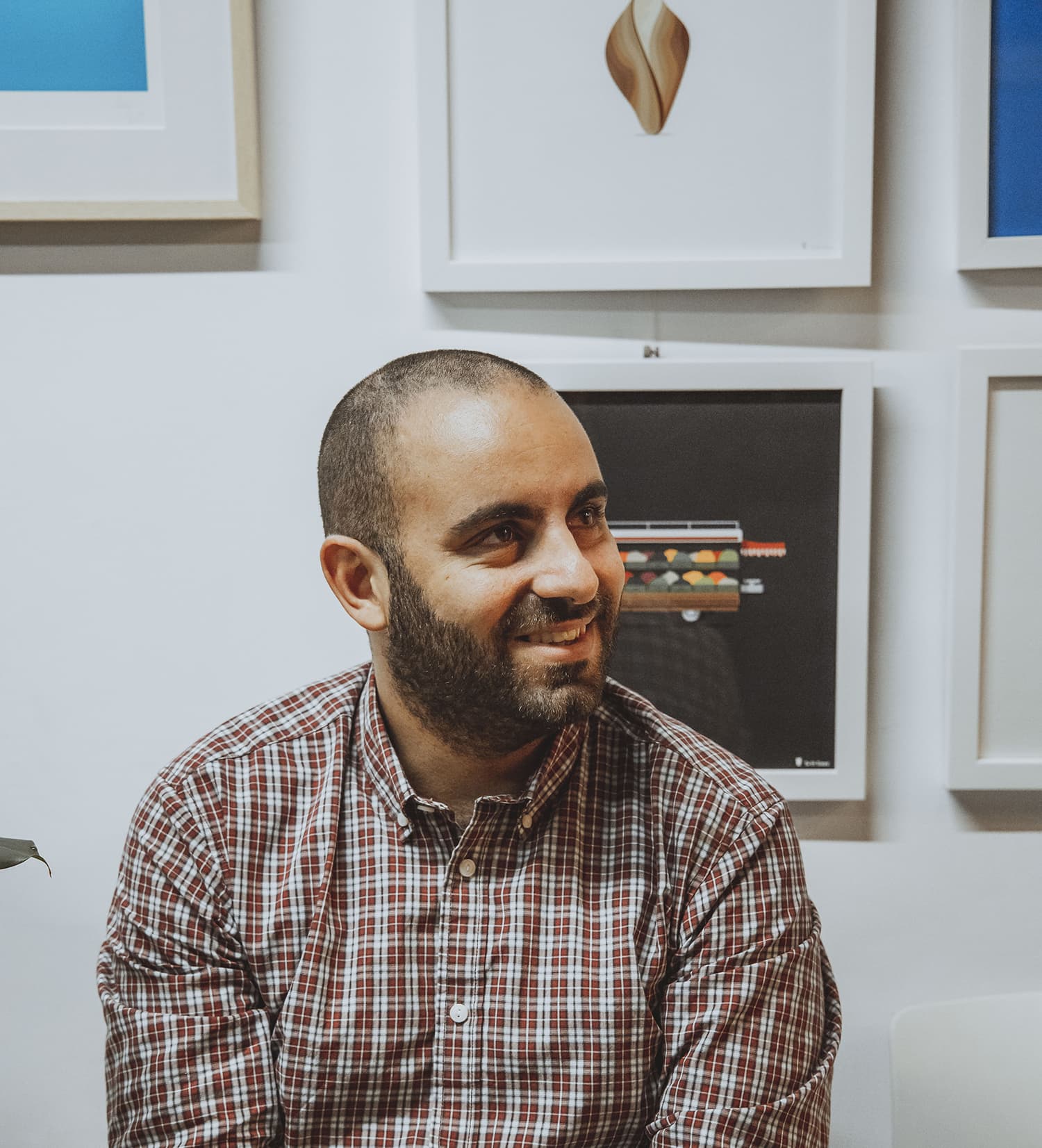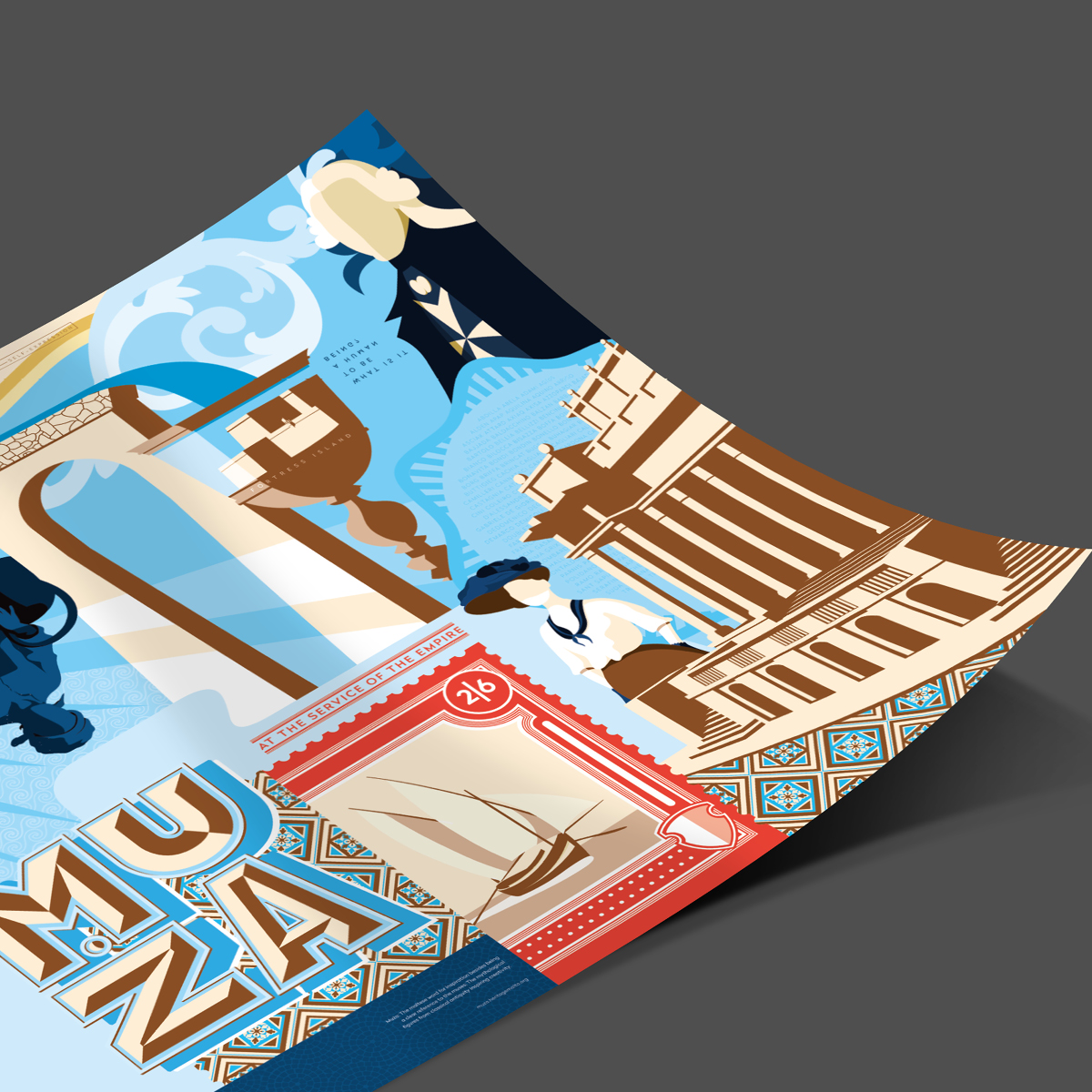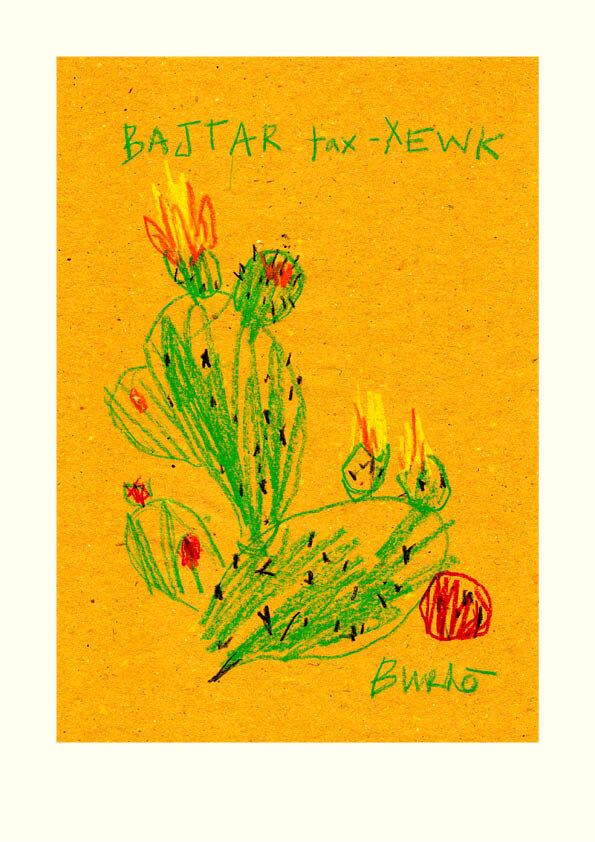Joining Te fit-Tazza in 2018 was an amazing experience, and one which is still rewarding to this very day. Coming from a financial background, with 10 years of experience and studies in various finance related industries, exploring the artistic world up close for the first time was an equally exciting and daunting adventure.
I still remember some of my first meetings with the team, where though I had the normal insecurity of speaking about subject that I did not feel I was informed enough about, and that I had never delved in before, it was liberating to learn that my past experiences did not preclude me from giving valid input from a different perspective.

I was confident that Te fit-Tazza, as an art studio, had an exciting future with or without me. I also felt that being a creative and being a business are not two mutually exclusive concepts, and that my skill-set would help us achieve a better balance. Understanding how these two pillars of Te fit-Tazza would complement each other, rather than get in each other’s way, is a challenge that we, as a team, are constantly trying to master.
I believe that an art studio can never be completely commercially driven, since an art piece is not inherently judged by its commercial value but it’s also true that art pieces do have a commercial value. The most successful and recognised artists are able to bear fruits from their work that may seem disproportionately high, especially when the artistic and creative output is not fully apparent and appreciated by an audience. These two equally true facts within the creative business world at times seem conflicting to me. With time I learnt that I’m not alone at being intrigued when facing such equally true but apparently contradictory facts.
Learning that with art, logic needs to, at times, step aside for creativity to be able to bloom, was not easy. It sounds like a paradox, but in reality, experience has taught me that when an art piece is produced for the sake of the art piece, the probability of its commercial success is significantly improved. This was especially apparent with my first introductions to creative meetings, with my very first being our collaboration with the MUZA museum of fine arts. Whilst my input was always taken, I learned that beyond a certain point, I had to trust Craig with certain decisions that revolved around the visual implementation of our creative ideas.

The main aim of the business side of the art studio has evolved. I learnt that Instead of focusing directly on an end goal, it made more sense to focus on creating an environment where the artist has the creative freedom to explore all avenues, while the commercial team takes care of everything else. Over time, we’ve experienced this process enough to be confident to support other local artists who were craving for a support system that enables them to focus on what they do best. A success story in my opinion is the ongoing collaboration with Seb Tanti Burlo, who we support not only through the infrastructure we offer so he can commercialise his artistic talents, but also through ongoing discussions we have that also enriched us with knowledge on challenges that other fellow artists face.
 Artist: Seb Tanti Burlo
Artist: Seb Tanti Burlo
Finding the right balance will always be a challenge, since myself, as an individual that stands behind the brand, am also constantly balancing these different aspects that are intrinsically a part of me. What instils courage however, is the trust in the way we do things as a team. No matter what is the task at hand, through the support within the Te fit-Tazza community, I believe that we will make it work.